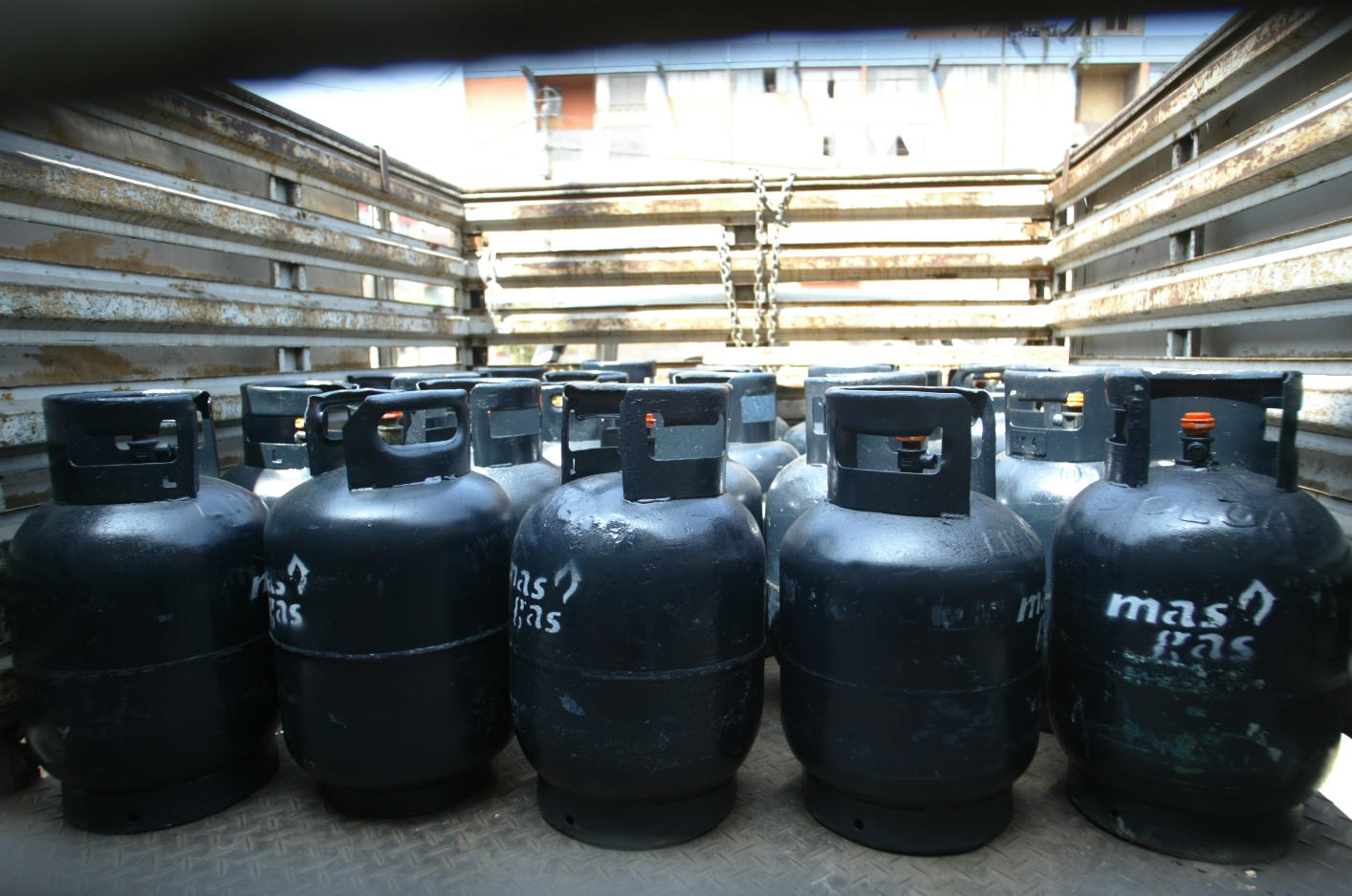
After the announcement of a possible increase of up to S/2 in LPG, the Supervisory Body for Investment in Energy and Mining (Osinergmin) clarified that the “dynamics of fuel prices are not subject to any regulation, but are governed by the interaction between supply and demand”. That is, no one can determine what, with certainty, the real increase to the final consumer will be.
The regulatory body specified that, given the instability of international prices for crude oil and its derivatives, the Peruvian State established, through Supreme Decree No. 010-2004, the Fund for the Stabilization of Prices of Fuels Derived from Petroleum ( FEPC).
Its purpose is to prevent prices from rising abruptly and affecting the consumer. The Ministry of Energy and Mines (Minem) acts as administrator of said fund, defining the guidelines and mechanisms for its operation.
In accordance with these guidelines, Osinergmin is responsible for regularly calculating the fuel price band, the results of which are used by Minem to determine compensation or contributions by fuel wholesale companies.
Through Supreme Decree No. 001-2024-EM, issued on January 20, 2024, Minem has modified one of the criteria to establish the price band for bottled LPG. The use of the import parity price (IPP) instead of the export parity price (EPP) is now required.
Based on this, Osinergmin has proceeded, through Resolution No. 021-2024-OS/GRT of April 26, to update the fuel price band, the subject of the possible announced increase.
“This update responds to the international situation and reflects the increase experienced between the months of January and March,” Osinergmin said.
Source: Larepublica
Alia is a professional author and journalist, working at 247 news agency. She writes on various topics from economy news to general interest pieces, providing readers with relevant and informative content. With years of experience, she brings a unique perspective and in-depth analysis to her work.











